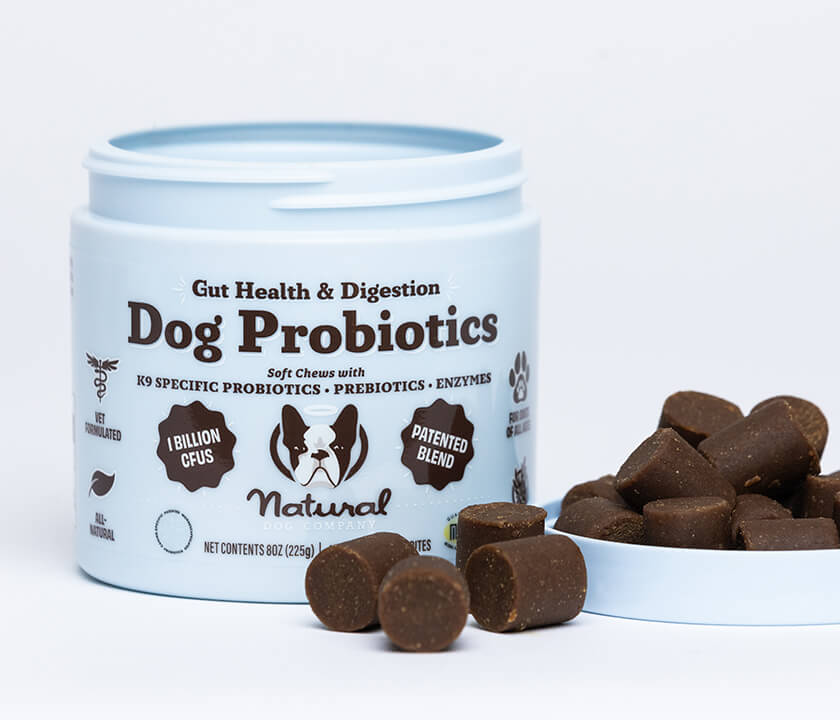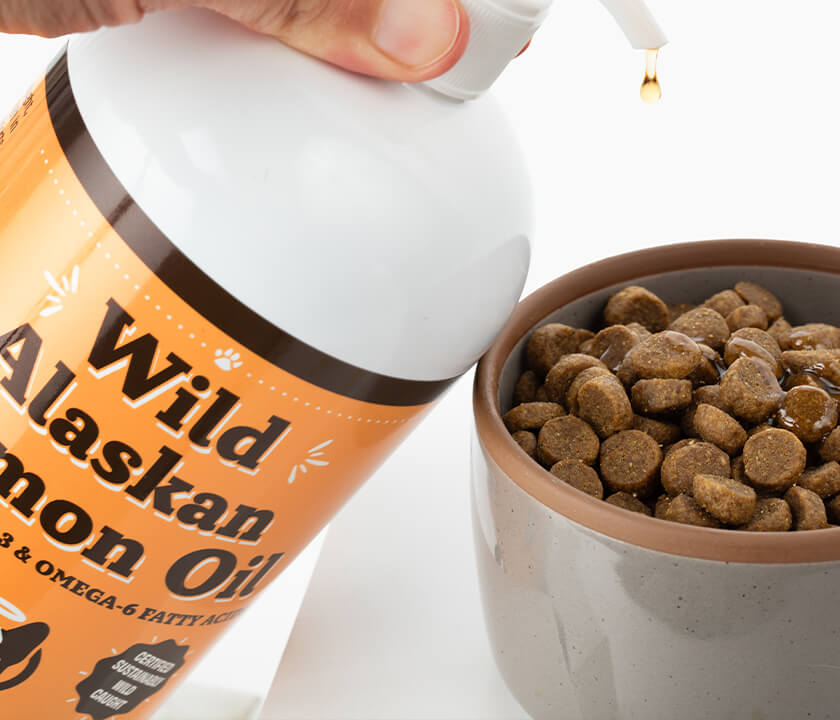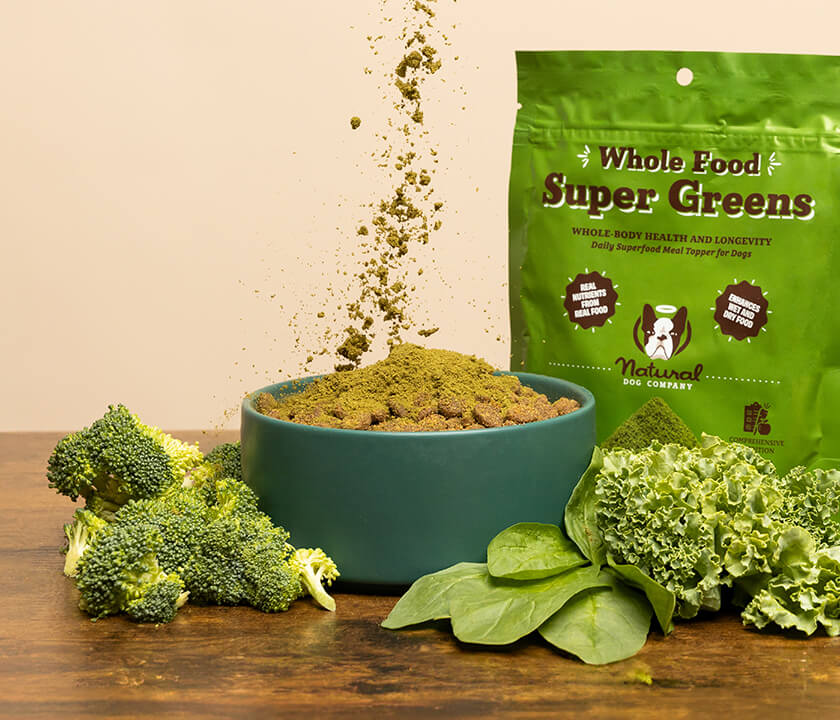Slapping a puppy on the wrist when they misbehave is as effective as teaching children a lesson in a language they don’t know. Puppies and dogs don’t always understand or connect the punishment with their actions the way we’d necessarily like them to. Incorporating positive reinforcement like reward training into your at-home training routine is an effective (and cheerful) way to instill good behavior in your pup!
Why Does Positive Reinforcement Training Work Well?
It’s the age-old tale of attracting more kindness with kindness rather than forceful punishment that creates such a strong foundation for positive reinforcement training. Behavioral scientists and advanced dog trainers have reported reward-based training can drastically improve success, especially when training your puppy at home.
Psychologically, in comparison to punishment tactics, positive reinforcement has been shown to increase consistent and impactful success while training your dog. This doesn’t mean you can just let Fido roam free without any restraint or guidance. It merely points towards the strength of positivity by rewarding the behaviors you do like to encourage repetition!
Rewards for Good Behavior
The word “treat” usually has your furry friend’s ears perked and tail wagging a mile a minute. But did you know there are a variety of options you could utilize as a “treat” to reward good behavior? Of course, the tasty chicken and liver bites will probably stand at the top as every dog’s favorite, but positive stimulation can go beyond a satisfied tummy!
Every dog is different, and what they perceive as a reward may vary, too. Some dogs aren’t keen on a lot of petting or touch where another dog might love a good belly rub after doing their business outside. It’s critical to understand your pup’s natural temperament, behavioral patterns, and of course, what they like and don’t like. Try making a list of everything you know your dog enjoys, this way you can prepare your training rewards ahead of time.
Some of the most common rewards for dog training includes:
• Treats
Yummy treats are the most common means of reward for many owners. There are specific training treats out on the market that are much smaller in size than the average “treat.” This allows owners to carry around a bunch of training treats wherever they go, ensuring consistency in rewarding good behavior.
Some experts suggest breaking treats down into training values. For example, kibble might be an excellent low-value treat for simple, distraction-free training. While moving up the ladder, high-value treats such as heftier, premium goodies with potent smells like fish, chicken, etc. are a good option for more challenging training locations like a dog park.
• Physical affirmation and attention
This one gets mixed reviews, but for the dogs who love a good rub, this is one of their favorite rewards. There’s nothing like a good pat on the back for a job well done. With the use of physical touch and attention, you can instill that same “atta boy” mentality.
When asking your dog to do a simple trick like sit or lie down, trying giving him or her a friendly ear scratch or an extra-long belly rub once the command is complete. Undivided attention from owners is often a rare treat for dogs, so by connecting certain behaviors with physical rewards can reap wonderful benefits!
• Playtime, games, and outdoor activities
For most dogs, the great outdoors an opportunity to roam free, run wild, and explore new territory, which is all highly stimulating. If you’re currently working on housebreaking your puppy, this is a useful reward option.
Try taking your dog out on a leash to use the bathroom, staying in the same area until they do their business. When the deed is done, allow ample exploration time, whether that’s leash-free in your backyard or a pleasant stroll around the block. On the flip side, if the pup decides it’s not time to go yet, back inside we go! This way the puppy is conditioning using the bathroom outside with extra playtime!
Incorporate training techniques throughout playtime. For example, if going to a dog park, use the time as a way to encourage good behavior like sitting and waiting to go into the park until you command to do so.
Remember, always try to keep these training techniques and reward associations consistent!
How to Teach Your Dog to Wave
Training any dog to perform tricks on command takes consistent effort on the owners part. It takes steady conditioning and infinitely patient. Some pups may be quick learners and pick up on skills faster than others, but with the right techniques (and of course, pawsitive reinforcement), it’s never too late to teach a dog new tricks!
Step One
Learn a few basic tricks first.
The first part of this trick entails completing another trick. When starting to train your dogs, beginning with the basics will help expand your dog’s repertoire. Try to execute sit first, flawlessly, and grow from there. For waving in particular, we suggest your pup masters “sit” and “paw” to make this a smoother transition!
Step Two
Start with shake and gradually move your hand up higher to indicate where you want the dog’s paw to be.
With reward in hand (we like using little kibbles for tricks like this one) command “shake” from your dog. As they place their paw in your hand, move your hand up to show your dog where you want, it’s paw to land.
Repeat and reward after each shake, increasing the height of your hand little by little until your up past the dog’s nose.
Step Three
Repeat, reward, and introduce a new command.
Once you’ve repeated the previous step through to where your dog has put its paw up multiple times in a show, it’s time to introduce the command associated with this trick. Whether it’s “wave,” “say hello!” or a version of your choice, it’s essential to repeat the new command every time your pup reaches its paw up and out to you! Go over steps two and three a handful more times to ensure the new trick is sticking with your talented, furry friend.
Step Four
Keep up with consistent practice and begin to be more selective on what “wave” you reward.
After you’ve gone through the first few steps of training your pup to wave, it’s time to begin polishing it all up. Once the dog has the overall command down (i.e., when you say “wave,” the dog’s paw goes up to say “hello,”), you can start to narrow down what you deem as an acceptable wave. Well, at least which ones are good enough for a treat!
Step Five
Get ready for the cuteness overload.












